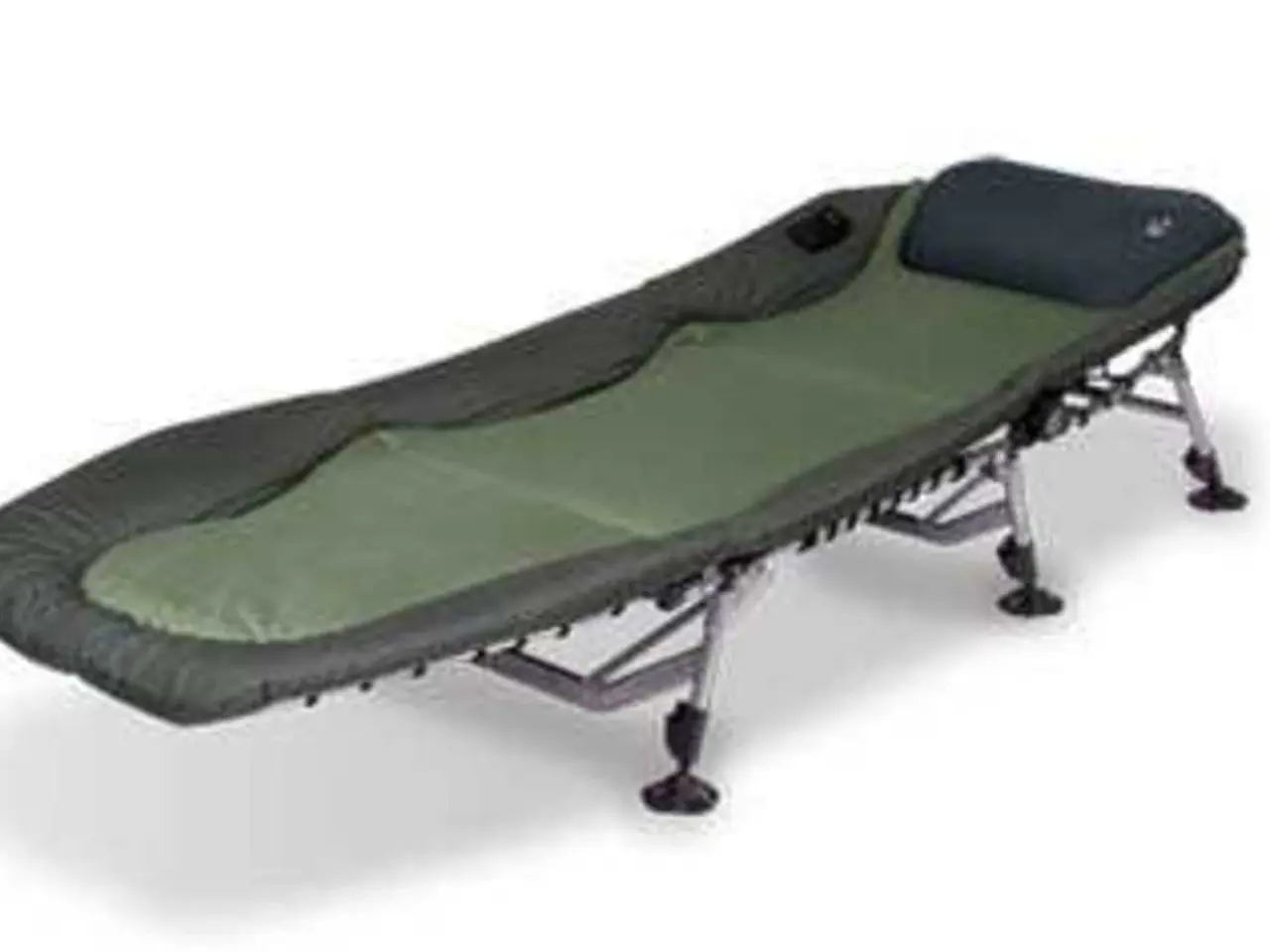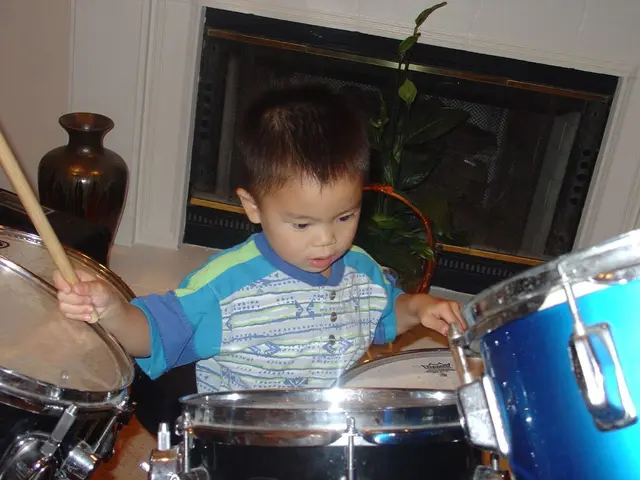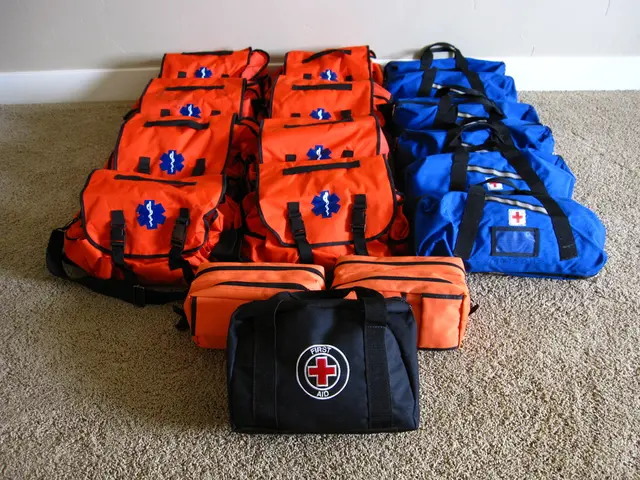Ankle Sprain: Recognizing the signs, experiencing the symptoms, and addressing the treatment
Ankle sprains, while common in adults, can also affect children, although they are less likely to occur due to stronger ligaments and weaker growth plates. Understanding the symptoms, grades, and recovery times of ankle sprains is crucial for parents and caregivers to ensure proper treatment and care for children who may have sprained their ankle.
Ankle sprains occur when the ligaments that support the ankle stretch or tear, often due to a blow to the ankle that forces the ligaments to stretch beyond their normal range of motion. Symptoms of an ankle sprain in a child can include intense pain in the joint, difficulty moving the ankle or walking, swelling or bruising, joint instability, and difficulty walking or the ankle giving out. Additionally, a child may exhibit changes in mood or behavior, limp, or show signs of fatigue due to the injury.
Ankle sprains are classified into three grades based on their severity. A Grade 1 sprain, the mildest form, involves mild stretching or micro-tearing of the ligaments, causing minimal symptoms and a quick recovery with proper treatment. Symptoms include mild pain, minimal swelling, stiffness, but generally no bruising, and a slight loss of function.
A Grade 2 sprain is a moderate injury, characterised by a partial tear of the ligaments. Symptoms include moderate to severe pain, noticeable swelling, bruising, difficulty walking, and a decreased range of motion. Recovery typically takes several weeks and may require supportive measures like bracing or crutches to prevent further injury.
The most severe form, a Grade 3 sprain, involves a complete tear or rupture of the ligaments, leading to intense pain, significant swelling, substantial bruising, complete instability of the ankle joint, and an inability to bear weight or walk. This grade requires immediate medical attention and often involves immobilization or surgery. The recovery process is longer and more complex compared to the other grades.
It's important to note that a child's way of walking or jumping may change following a sprained ankle, and the signs and symptoms of a sprained ankle in a child can be similar to those of a broken bone. A fall can cause a sprained ankle by twisting the ankle and the ligaments that support it.
Sprains are distinct from strains, with sprains injuring ligaments and strains affecting muscles or tendons. A sedentary lifestyle may increase the risk of soft tissue injuries, including ankle sprains.
By recognising the symptoms and understanding the grades of ankle sprains, parents and caregivers can ensure their children receive prompt and appropriate treatment, ensuring a quick and effective recovery. If you suspect your child has sprained their ankle, it is essential to seek medical advice to determine the severity and appropriate treatment.
[1] Mayo Clinic. (2021). Ankle sprain. https://www.mayoclinic.org/diseases-conditions/ankle-sprain/symptoms-causes/syc-20355918 [2] American Academy of Orthopaedic Surgeons. (2021). Ankle sprains. https://orthoinfo.aaos.org/en/diseases--conditions/ankle-sprains [3] NHS. (2021). Ankle sprain. https://www.nhs.uk/conditions/ankle-sprain/ [4] Johns Hopkins Medicine. (2021). Ankle sprains. https://www.hopkinsmedicine.org/health/conditions-and-diseases/ankle-sprains
- To ensure a speedy recovery and maintain a child's health-and-wellness, it's crucial for parents and caregivers to be aware of ankle sprains, particularly since falls can cause them, and the symptoms might resemble those of a broken bone.
- Proper understanding and application of therapies-and-treatments for ankle sprains can help alleviate symptoms, which include mental-health aspects like changes in mood or behavior, as well as physical symptoms such as pain, swelling, and difficulty walking.
- The integration of fitness-and-exercise and nutrition into a child's daily routine can aid in overall health and reduce the risk of accidents and falls, potentially preventing ankle sprain incidents.








